Lieutenant Carroll Sammetinger, from Lima, Ohio, served with the 46th Armored Infantry Battalion, 5th Armored Division. On December 25, 1944, he began a Christmas postcard to his parents, “Am Safe, A Prisoner of War in Germany; do not worry.” Lieutenant Sammetinger was taken prisoner just five days prior, one of nearly 23,000 Americans captured by the Germans during the Battle of the Bulge. More than 120,000 Americans lived out part of the war as prisoners of war.
Being far from home made for lonely and worrisome times, even if one was not directly in a combat zone. Additionally, the POW experience itself was an isolating one. Men found themselves removed from their units and estranged from their missions. This isolation was felt most keenly during the holidays. With American POWs in the European theater, the Germans typically adhered to the Geneva Conventions, allowing access to Red Cross aid and assistance, which included a somewhat regular flow of mail. The ability to connect to loved ones through the mail was vital.
Sammetinger was able to write this, his first communiqué as a POW from a transit camp in Düsseldorf before he was sent to Stalag XIB and then to Oflag 79, where he stayed until being liberated on April 12, 1945. In Sammetinger’s journal, also donated to the Museum in 2016 by his daughter, he wrote about his experiences, about foods he wants to remember (ice cream with Baby Ruth bars!), and recorded addresses of fellow POWs. Sammetinger’s collection and those from other POWs are powerful reminders of the separation, distance, and uncertainty experienced by many Americans during World War II.
Kim Guise
Kimberly Guise holds a BA in German and Judaic Studies from the University of Massachusetts Amherst. She also studied at the Universität Freiburg in Germany and holds a masters in Library and Information Science (MLIS) from Louisiana State University. Kim is fluent in German, reads Yiddish, and specializes in the American prisoner-of-war experience in World War II.
Cite this article:
MLA Citation:
APA Citation:
Chicago Style Citation:
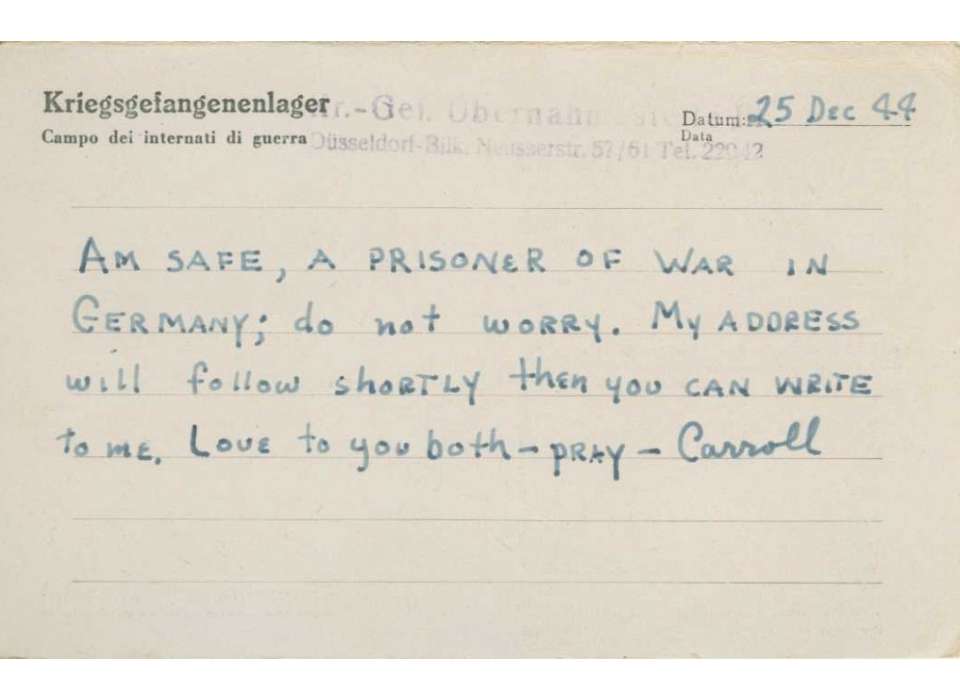

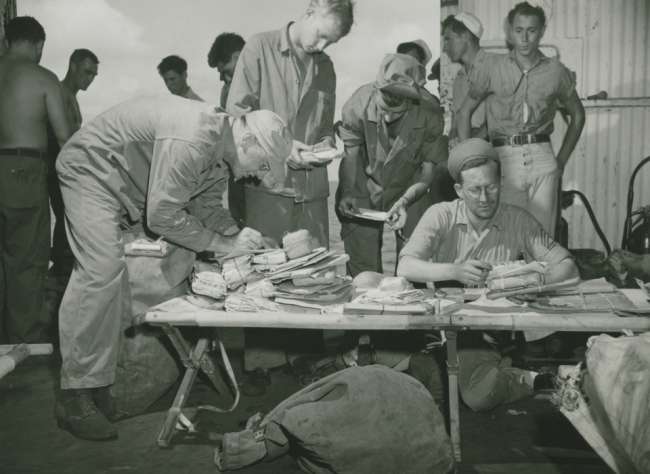
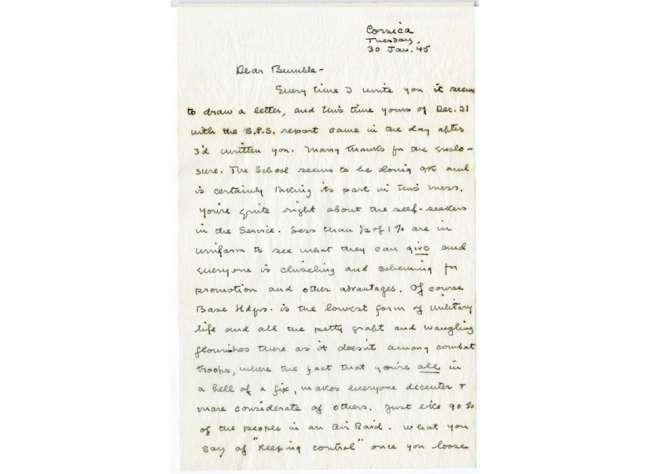
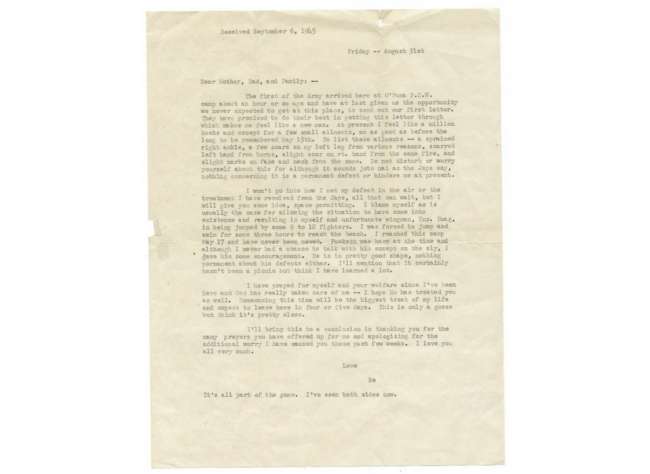
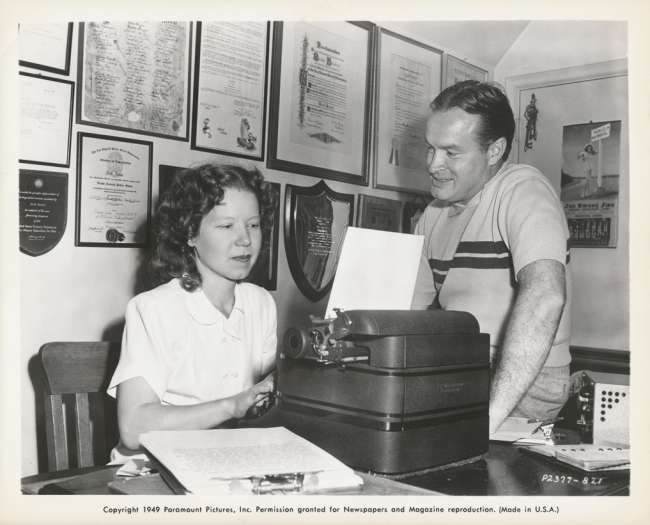
![Max Fuchs, New York City cantor, sings as Rabbi Sydney [sic] Lefkowitz, Richmond, VA, conducts the first Jewish services from Germany.](/sites/default/files/styles/max_650x650/public/2025-10/image1.jpg)






